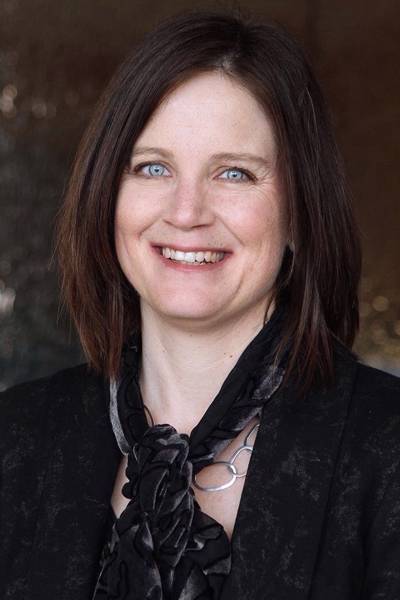What does world peace mean? Peace is more than the absence and prevention of war, whether international or civil, yet most of our ways of conceptualizing and measuring peace amount to just that definition. In this essay, as part of the roundtable “World Peace (And How We Can Achieve It),” I argue that any vision of world peace must grapple not only with war but with the continuums of violence and peace emphasized by feminists: running from the home and community to the public spaces of international relations. Breaking free of the constraints of the last century's intellectual boundaries, I suggest that war and peace are not a dichotomy but rather are intimately related. Yet the dearth of feminist perspectives in global debates prevents us from seeing how violence and harm are exacerbated in households and through the global economy under conditions of both “war” and “peace.” To understand the possibilities for world peace, we must understand these varieties of violence and harm that threaten peace. And to sustain peace we must address the harmful gendered identities, ideologies, and social dynamics that support violence in every society. A narrow understanding of peace as merely the absence of organized violence does not engender the kind of nuanced and rich understanding of human history and human relations needed to bring an end to the structural and physical violence that remains pervasive worldwide.
True, Jacqui (2020) Continuums of Violence and Peace: A Feminist Perspective, Ethics & International Affairs 34 (1): 85–95.







